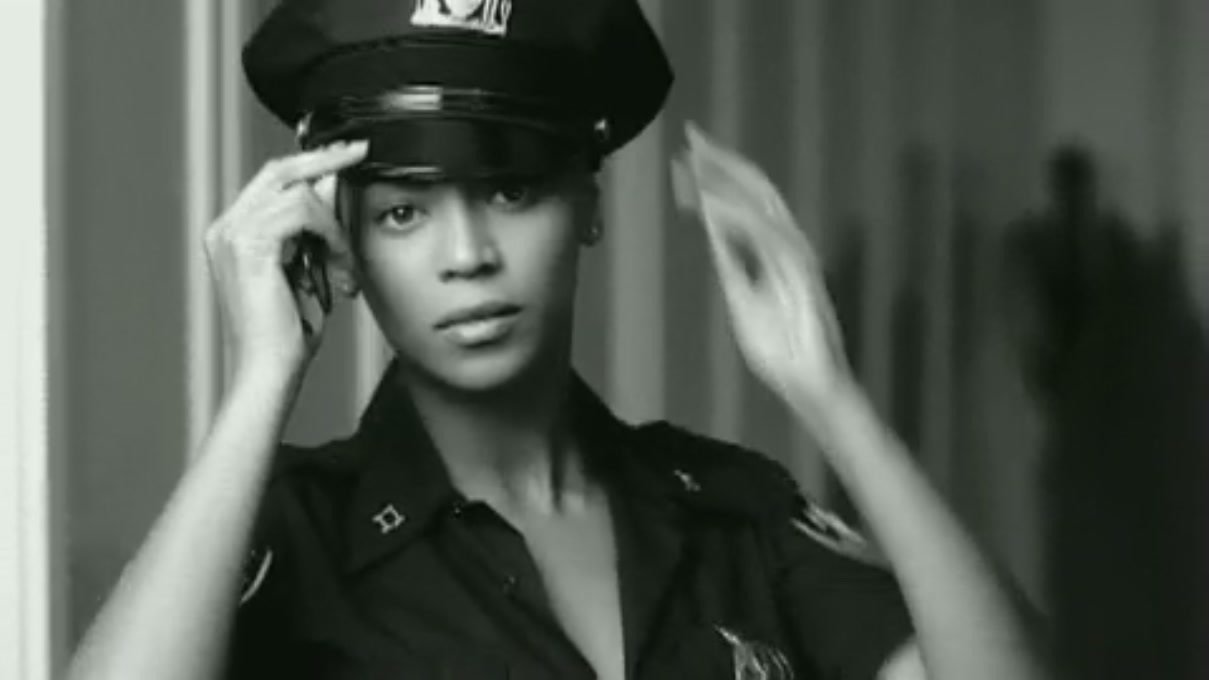Andrew Goodwin's theory
He believes...
Andrew Goodwin believes that not all pop videos follow a traditional narrative. In 1992 he released a book called 'Dancing in the distraction factory' in the book he discusses the codes and conventions music videos follow.
There are 5 key aspects Andrew Goodwin Identifies in music videos:
-Thought beats, being able to see the sound in your head
-Star image
-Performance and narrative
-Relationship between visuals and song
-Technical aspects
Pop videos
Pop videos do not usually have a narrative as they are structured around the song itself which does not follow a narrative.
In most videos the fourth wall is broken as the artist interacts with the camera through eye contact and body language. This makes the audience feel as though they are watching a performance.
The artist is commonly used as the narrator and character in the video.
Relationship
There are 3 types of relationships between the song and the visuals.
Illustration, where the video and the lyrics go hand in hand, a story is told.
Amplification, where new meaning is added to the song but it does not contradict the lyrics
Disjuncture, where the video and song have close to no correlation at all.
Examples
A good example of an illustrative music video is Beyonce - if I were a boy. This is because the lyrics talk about how she would go about daily life if she were a man and the video follows the same story showing what it would be like for is she really were a boy.
Eminem - Not Afraid, is an example of amplification. This video comes under this category as the video helps represent his feelings and there is a clear link to the mood of the song and the atmosphere in thevideo.
Disjunctive, an example is Calvin Harris - I'm not alone as there is no clear link between the imagery and lyrics. The video does not follow a storyline but the visuals are cut to the beat as the genre is electric pop.
Andrew Godwin's theory
By sophiebarbs
Andrew Godwin's theory
- 415






